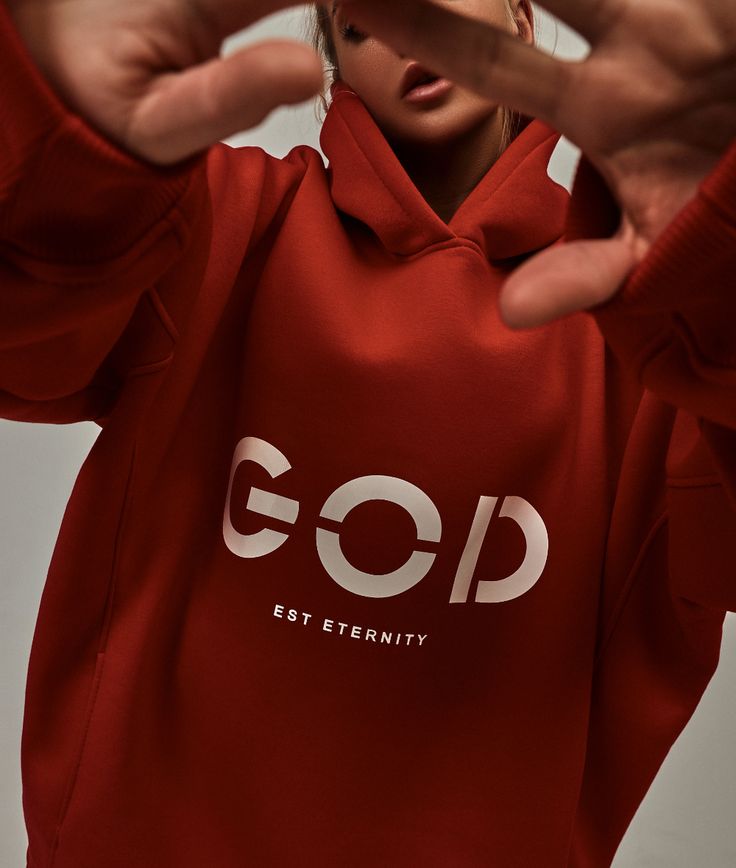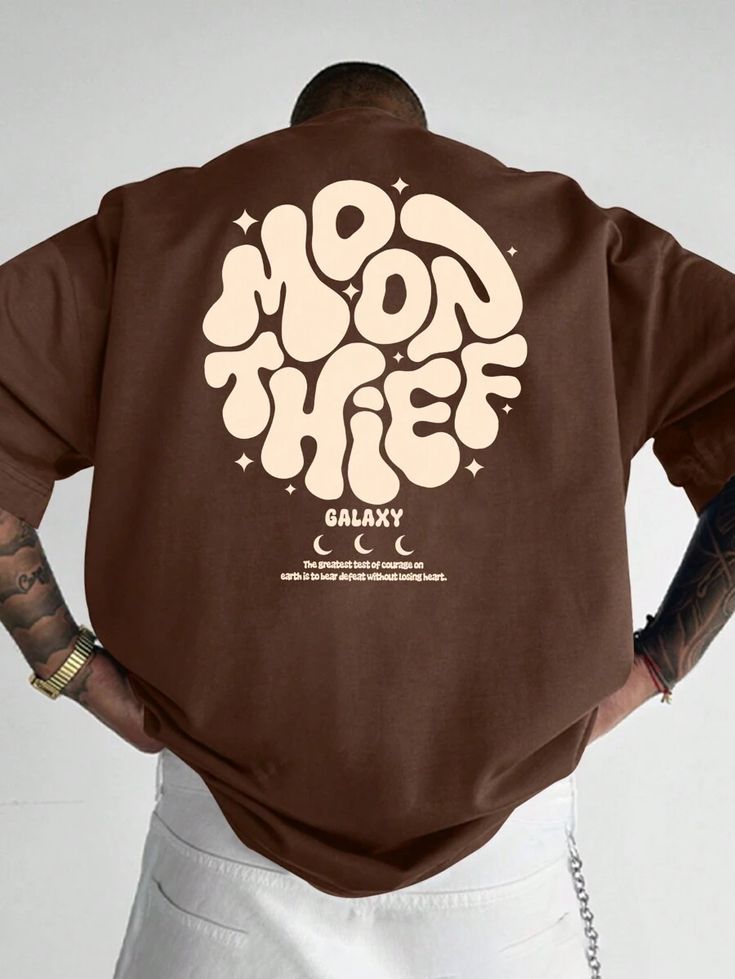Introduction
Fashion in 2025 is not just influenced by the runways of Paris or Milan, but also by the seamless scroll of a smartphone screen. In this digital-first era, what we wear is profoundly shaped by the content we consume. Platforms like TikTok, Instagram, and Pinterest no longer simply reflect trends—they originate and amplify them. With each swipe, users are exposed to an evolving landscape of styles, aesthetics, and narratives that redefine how fashion is perceived, adopted, and displayed.
The Rise of the Social Media Wardrobe
As digital platforms become the go-to destination for style inspiration, wardrobes are increasingly curated with the lens of social media in mind. Outfits are chosen not just for practicality or taste, but also for their visual impact in posts and reels. The era of the “Instagram outfit” demands garments that are photogenic, expressive, and aligned with current digital aesthetics. This has encouraged fashion brands to tailor collections with bold colors, striking silhouettes, and instantly recognizable motifs designed to stand out in a feed.
Influencers as Fashion Curators and Creators
Content creators on digital platforms are no longer just endorsers of fashion; they are the creators of culture itself. Their outfits spark challenges, inspire edits, and contribute to viral trends that spread across the globe in seconds. Micro-influencers often introduce niche aesthetics that ripple outward, such as cottagecore, Y2K revival, or “clean girl” style. These digital tastemakers are reshaping traditional fashion hierarchies, giving rise to democratized trendsetting that’s no longer dictated solely by magazines or luxury houses.
The Algorithmic Aesthetic: Personalization and Prediction
Artificial intelligence and machine learning have redefined the way we discover clothing. Recommendation algorithms analyze user preferences, scrolling habits, and interaction data to serve up personalized fashion content. These algorithms aren’t neutral; they actively shape what becomes desirable by elevating certain aesthetics over others. As a result, digital culture now fosters a sense of individualized trend ecosystems, where users feel like they’re discovering their own unique look—even as thousands are being fed similar content by invisible code.
Virtual Try-Ons and Digital Fashion Ecosystems
The fashion industry is embracing augmented reality (AR) and virtual reality (VR) to enable interactive try-ons, giving users the chance to test outfits on digital avatars before purchasing. Digital fashion houses now create collections that exist only in the metaverse, selling virtual clothing for gaming avatars or for use in augmented reality selfies. This convergence of technology and fashion is not only sustainable—minimizing waste and overproduction—but also immersive, engaging younger audiences who live fluidly between physical and digital worlds.
From Screens to Streets: Translating Online Trends into Real-World Style
Trends birthed on platforms like TikTok frequently manifest in physical wardrobes. Viral aesthetics like “coastal grandmother,” “blokecore,” or “soft goth” quickly transition from memes to merchandise. Streetwear, in particular, thrives in this feedback loop, constantly drawing from internet subcultures and remixing them into physical forms. Fashion cycles have accelerated dramatically, compressing the timeline from trend inception to retail availability to just weeks or even days.
Sustainability Narratives in the Digital Age
Digital culture has also amplified awareness around fashion’s environmental impact. Influencers and activists use platforms to champion sustainable practices, spotlight ethical brands, and promote secondhand fashion through hauls, swaps, and upcycling tutorials. The swipe culture that fuels consumption also ironically hosts the counter-narrative—encouraging conscious, minimalist wardrobes and responsible purchasing decisions. Brands are adapting by integrating traceability tech and storytelling elements into their digital presence.
Fashion Memes, Satire, and the New Semiotics of Style
In the age of the internet, humor and irony are central to how fashion is discussed and disseminated. Memes mock and shape sartorial trends, turning luxury labels into punchlines and thrift finds into cult classics. This culture of remixing and satire encourages a playful approach to dressing—where irony, nostalgia, and postmodern references inform what people wear. Clothing becomes a vehicle for commentary as much as for identity.
The Power of Aesthetic Communities
Online communities built around specific aesthetics have emerged as powerful engines of influence. From dark academia and normcore to fairy grunge and cyber y2k, these digital tribes establish visual codes, style rules, and moodboards that shape how members dress and present themselves. The digital fashion ecosystem is no longer one monolith, but a constellation of micro-communities, each driving its own version of style relevance.
Digital Archives and the Resurgence of Vintage
Swipe culture has also fueled a fascination with archival fashion. Platforms like Instagram and YouTube have become unofficial repositories of past runway shows, vintage editorials, and celebrity looks. Young fashion lovers now research collections from decades past and emulate iconic ensembles, contributing to the revival of vintage and secondhand shopping. Digital nostalgia has brought renewed appreciation for craftsmanship, rarity, and storytelling embedded in older garments.
Fast Fashion’s Acceleration and Critique
While digital platforms have accelerated the trend cycle, they have also magnified critiques of fast fashion’s exploitative practices. Documentaries, exposés, and viral call-out videos highlight labor abuses, textile waste, and greenwashing tactics. As consumers grow more informed, many shift toward slow fashion, seeking durability, ethical sourcing, and emotional connection with their clothes. In this paradox, the same platforms that sell fast fashion also support its opposition.
The Future of Swipe-Styled Fashion
As technology continues to evolve, so will the symbiosis between fashion and digital culture. AI-generated clothing designs, virtual influencers, and immersive shopping experiences will become more common. Yet, the core dynamic remains rooted in human creativity and social sharing. Swipe-styled fashion is ultimately a reflection of how people express identity, belonging, and aspiration in a hyperconnected world. The screen may be the stage, but the style is very real.
Conclusion
Swipe-styled fashion represents a paradigm shift in how clothing is imagined, marketed, and embraced. It dissolves the line between online and offline, merging pixels with fabric, algorithms with aesthetics. What we wear is now part of an ongoing digital dialogue—each outfit a post, a statement, a swipe in a never-ending stream of expression. In this new era, style is no longer dictated from above; it is co-created, continually evolving, and deeply intertwined with the rhythms of digital life.



